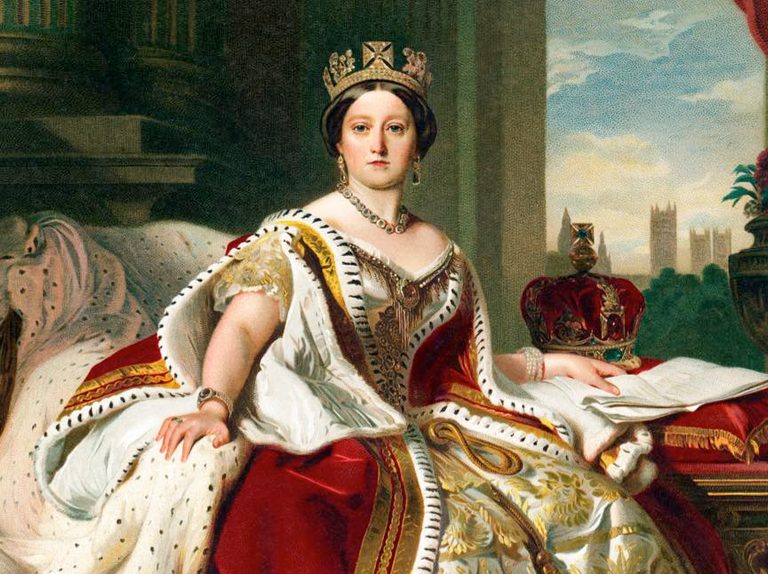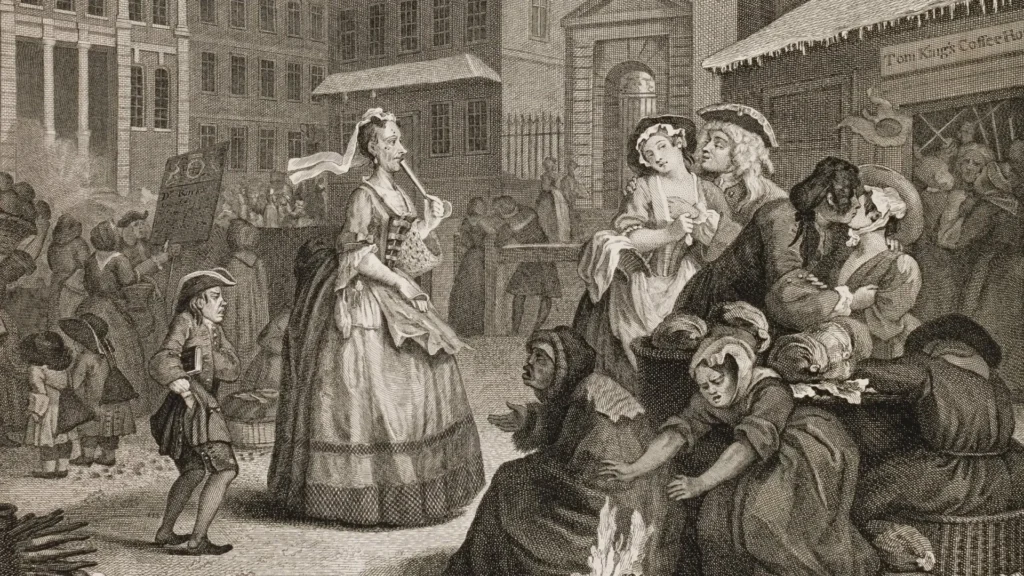Georgia, a region of great historical significance, boasts a royal history that traces back centuries. The Royal Period in Georgia, a pivotal time in the state’s history, continues to intrigue historians, locals, and visitors alike. If you’ve ever wondered about the exact time this royal era spanned, the fascinating story of Georgia’s Royal Period is well worth exploring. In this article, we will delve into the details of when the Georgian Royal Period took place, the key events that defined it, and the legacy it left behind.
What Was the Royal Period in Georgia?

The Royal Period in Georgia refers to the time when the region was under the rule of monarchs, particularly focusing on the reign of the royal families in Georgia. This era is marked by a shift from earlier forms of governance, including tribal leadership, to a centralized monarchy. The royal families, often influenced by both indigenous traditions and foreign powers, played a significant role in shaping the political, social, and cultural landscape of the region.
The Royal Period is significant not only for its powerful rulers but also for the stability and advancements that took place during this time. From the construction of monumental architecture to the flourishing of art and literature, Georgia’s royal history is a fascinating story of resilience and development.
When Was the Georgian Period?
The Georgian Royal Period spans several centuries, from the establishment of a unified kingdom in the 4th century AD to the late 19th century when Georgia became part of the Russian Empire. The exact dates of the Royal Period in Georgia are subject to historical debate, but it is generally agreed that it began with the formation of the Kingdom of Georgia in the 4th century. The Kingdom of Georgia reached its zenith in the 11th century under King David IV and Queen Tamar.
Key milestones that mark the Georgian Royal Period include:
- The Kingdom of Iberia (4th Century AD): Although much of Georgia’s royal history is intertwined with the ancient Kingdom of Iberia, the Royal Period is often considered to start when Georgia was officially unified and Christianized in the early 4th century AD.
- The Georgian Golden Age (11th-12th Century): This period under King David IV and Queen Tamar marked Georgia’s peak in political power and cultural achievement.
- Decline and Annexation (18th-19th Century): Despite flourishing for centuries, the Georgian monarchy began to decline in the 18th century, leading to its eventual annexation by Russia in 1801.
Key Events During the Royal Period

Throughout the Royal Period, Georgia witnessed numerous defining events that not only shaped the monarchy but also left a lasting impact on its culture and society. Some of the most pivotal events include:
- The Christianization of Georgia (337 AD): One of the most defining moments of the Royal Period was when King Mirian III of Iberia adopted Christianity as the state religion, making Georgia one of the first countries to do so. This event played a critical role in shaping Georgia’s national identity.
- The Golden Age under King David IV (11th Century): Known as “David the Builder,” King David IV led Georgia to military and economic prosperity, transforming the country into a major regional power.
- Queen Tamar’s Reign (12th Century): Perhaps one of the most well-known monarchs in Georgian history, Queen Tamar’s reign is celebrated for its cultural renaissance, political stability, and military victories.
- The Fall of the Kingdom (18th Century): Despite moments of prosperity, internal strife, and external pressures led to the decline of the monarchy. The final blow came when Georgia was incorporated into the Russian Empire in 1801.
The End of the Royal Period
The Royal Period in Georgia came to a close as the Georgian kingdom faced both internal and external challenges. By the 18th century, Georgia was caught in the crossfire of larger imperial ambitions, including the Ottoman Empire and the Russian Empire. The weakening of the monarchy, coupled with invasions and political instability, eventually led to the annexation of Georgia by Russia in 1801. This marked the end of the Royal Period and the beginning of a new chapter in Georgia’s history under foreign rule.
Legacy of the Royal Period in Georgia Today

Though the Royal Period officially ended centuries ago, its legacy is still present in many aspects of modern Georgia. The monarchy’s cultural and architectural contributions, including the construction of churches, palaces, and fortresses, can still be admired across the country. Additionally, the influence of the Royal Period can be seen in Georgian art, literature, and traditions that have persisted through the ages.
Many of the royal family’s customs, stories, and legends continue to be a part of Georgian folklore, and the significance of their rule is a point of pride for the nation. Furthermore, Georgia’s historical connection to Christianity, established during the Royal Period, remains a central part of the country’s identity.
Conclusion
The Royal Period in Georgia, though centuries-old, remains one of the most fascinating chapters in the nation’s history. From the rise of powerful monarchs like King David IV and Queen Tamar to the eventual fall of the monarchy, this era has shaped Georgia’s culture, religion, and identity. By exploring the timeline and events that defined this period, we can better appreciate how it has influenced Georgia’s modern-day culture and heritage.
For more insights into the history of Georgia, visit GeorgiaGuider.com.










